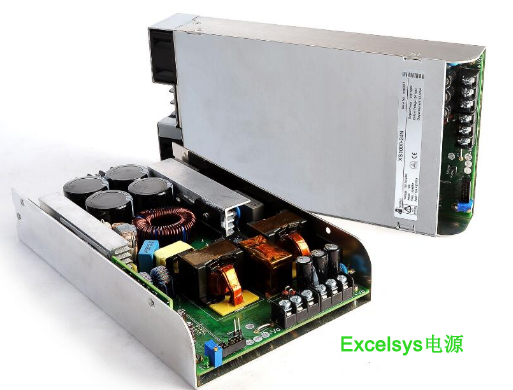一、An active tracker and a passive tracker
Active and passive trackers collect data in the same way and are equally accurate. The main difference between these two types of trackers is time.
Active trackers are also referred to as "real-time" trackers because they send data over satellite or cellular networks, indicating vehicle location on the fly. The computer screen can show the movement of the vehicle in real time. Therefore, active tracking is the best choice if the company wants to improve shipping efficiency and understand employees’ on-site driving. The active tracker also has a "geo-fence" capability (think of this function as a "force field") that provides a warning signal when the car enters or leaves a predetermined location. In addition, such systems can help prevent theft of vehicles or recover stolen vehicles. Of course, active GPS tracking devices are more expensive than passive tracking devices and require monthly service fees.
Passive trackers are less expensive, but have limited data storage, but they are smaller and easier to hide. Instead of sending data to a remote location, passive trackers store information on the device. The tracker must be removed from the vehicle and connected to a computer to view the information stored therein. Such systems are suitable for people who track miles for work purposes, as well as companies that want to reduce vehicle abuse. In addition, passive trackers are often used to monitor the personnel's actions (can be imagined as detective work). If passive feedback is not needed, but the equipment data is checked regularly, passive trackers are a good choice.

No matter what type of tracker, it is essentially portable and relatively small in size. Therefore, the battery AE power supply is required, and a backup function is also required to save data in the event of a power failure. Since charging a battery (usually a single cell Li-Ion battery) requires a high automotive system voltage and a large current, a switch mode charger is preferable because of the charging efficiency of the switch mode charger compared to a linear battery charging IC. Higher, less heat generated in the form of power consumption. In general, the input voltage for embedded automotive applications may be as high as 30 V, some even higher. In these GPS tracking systems, a charger and a common 12 V to 1-cell Li-Ion battery (typically 3.7 V) for much higher input voltages (in the event of voltage transients originating from battery drift) Additional protection and some type of backup capability will be ideal configurations.
二、battery charging IC design issues
Traditional linear topology battery chargers are often valued for their compact footprint, simplicity, and modest cost. However, traditional linear chargers have some drawbacks, including limited input and battery voltage range, relatively high current consumption, excessive power consumption (heat generation), limited charge termination algorithms, and relatively low efficiency. Switch-mode battery chargers are popular choices because they offer topological flexibility to charge multiple chemically-characterized batteries and have high charging efficiency, thereby minimizing heat and enabling fast charging. There is a wide operating voltage range.
Of course, trade-offs always exist. Disadvantages of switch chargers include: relatively high cost, more complex inductor-based designs, possible noise, and larger solution footprints. Due to the advantages of the above mentioned switch chargers, modern lead-acid batteries, wireless power supplies, energy harvesting, solar charging, remote sensors, and embedded automotive applications are mostly powered by switch-mode chargers.
Traditionally, battery-oriented backup power management systems in trackers consist of multiple ICs, including a high-voltage buck regulator and a battery charger, and all discrete components. This is by no means a compact solution. Program. Therefore, the dimensions of the early tracking system are not very compact. Typical tracking system applications use automotive batteries and single-cell Li-Ion batteries to support storage and backup. Why does the tracking system require a more integrated power management solution?
1、It is necessary to reduce the size of the tracker itself. In this market, the smaller the size, the better.
2、Requirements for safe battery charging and IC protection against voltage transients, need to have system backup capability to deal with system power loss or failure, and relatively low for General Packet Radio Service (GPRS) chipset Supply rail voltage (~4.45 V).
三、power backup manager
A solution that meets the aforementioned requirements, integrates a power backup manager, and a charger requires the following features:
1,Synchronous buck topology to achieve high efficiency;
2, a wide range of input voltage to suit a variety of input power, but also to provide protection against high voltage transients;
3,Appropriate battery charging voltage to support GPRS chipset;
4, through the built-in charge termination (without a microprocessor) to operate easily and autonomously;
5, PowerPathTM control - in the event of a power failure, seamless switching between input power and backup power, if the input short circuit occurs, this control function also needs to provide reverse isolation;
6, to provide backup battery, when the input disappears or fails to provide power for the system load;
7. Due to space limitations, it is necessary to provide a flat solution with a small footprint;
8, advanced packaging to improve thermal performance and space utilization.





